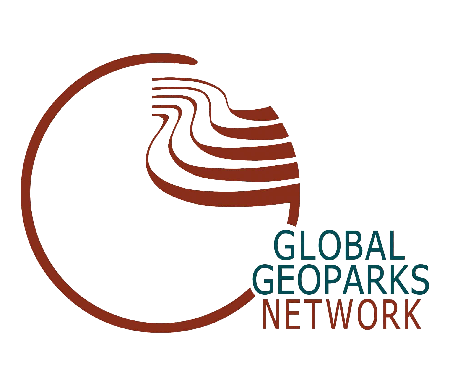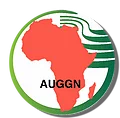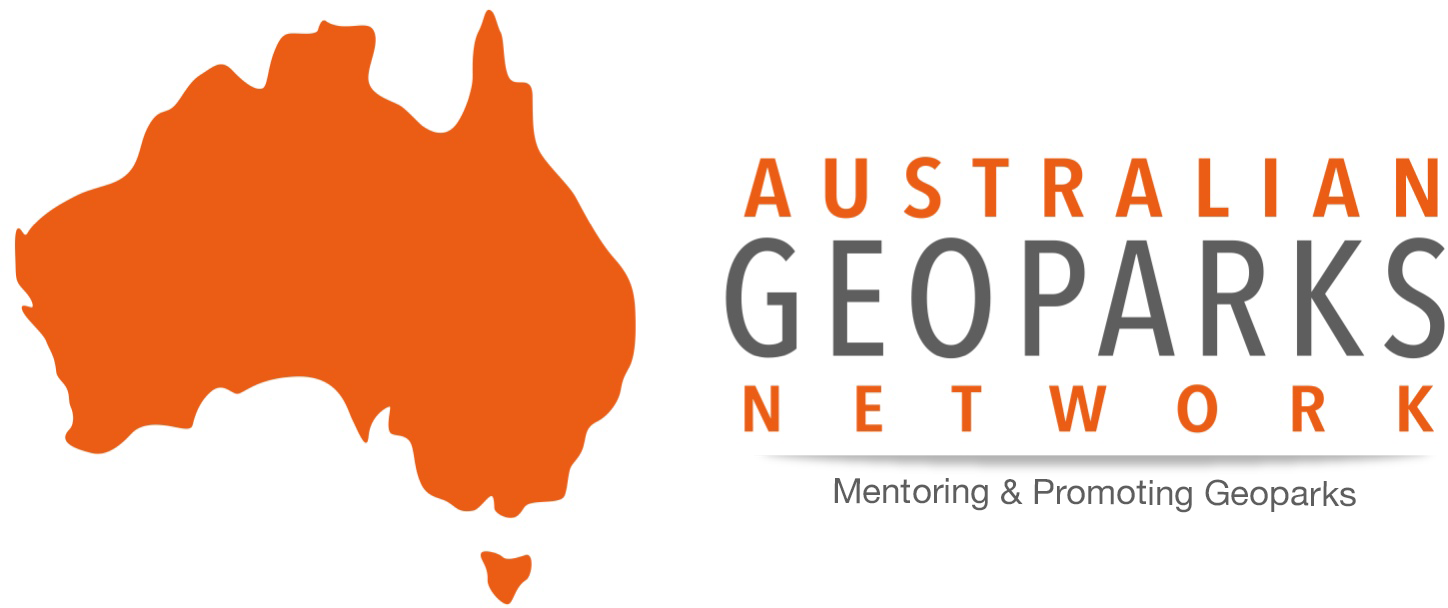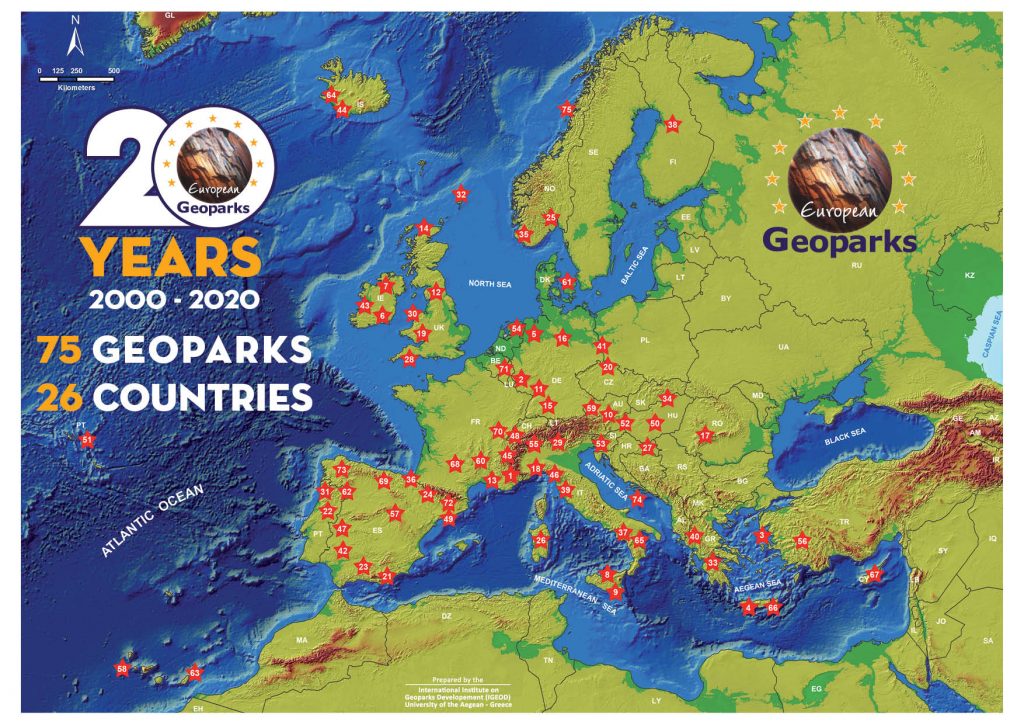UNESCO Global Geoparks
UNESCO has a program called the UNESCO Global Geoparks
UNESCO Global Geoparks are Earth’s extraordinary places. New UNESCO designations of the 21st century, they are territories with landscapes and sites of an international geological significance where can be understood and read the “Memory of the Earth”. With their holistic concept, UNESCO Geoparks are linking and promoting their geological heritage with all their territorial heritage: natural, cultural, intangible and thus to develop new policies of sustainable development for the direct benefit to its local population.
UNESCO Global Geoparks are single, unified geographical areas where sites and landscapes of international geological significance are managed with a holistic concept of protection, education and sustainable development. A UNESCO Global Geopark uses its geological heritage, in connection with all other aspects of the area’s natural and cultural heritage, to enhance awareness and understanding of key issues facing society, such as using our earth’s resources sustainably, mitigating the effects of climate change and reducing natural disasters-related risks.
By raising awareness of the importance of the area’s geological heritage in history and society today, UNESCO Global Geoparks give local people a sense of pride in their region and strengthen their identification with the area. The creation of innovative local enterprises, new jobs and high quality training courses is stimulated as new sources of revenue are generated through geotourism, while the geological resources of the area are protected.

Fundamental Features
There are four fundamental features to a UNESCO Global Geopark. These features are an absolute prerequisite for an area to become a UNESCO Global Geopark. The exact criteria for an area to become a UNESCO Global Geopark are set out in the Operational Guidelines for UNESCO Global Geoparks (pdf).
The four features that are fundamental to a UNESCO Global Geopark are:

Geological heritage of international value
In order to become a UNESCO Global Geopark, the area must have geological heritage of international value. This is assessed by scientific professionals, as part of the “UNESCO Global Geopark Evaluation Team”. Based on the international peer-reviewed, published research conducted on the geological sites within the area, the scientific professionals make a globally comparative assessment to determine whether the geological sites constitute international value.
Management
UNESCO Global Geoparks are managed by a body having legal existence recognized under national legislation. This management body should be appropriately equipped to address the entire area and should include all relevant local and regional actors and authorities. UNESCO Global Geoparks require a management plan, agreed upon by all the partners, that provides for the social and economic needs of the local populations, protects the landscape in which they live and conserves their cultural identity. This plan must be comprehensive, incorporating the governance, development, communication, protection, infrastructure, finances, and partnerships of the UNESCO Global Geopark.


Visibility
UNESCO Global Geoparks promote sustainable local economic development mainly through geotourism. In order to stimulate the geotourism in the area, it is crucial that a UNESCO Global Geopark has visibility. Visitors as well as local people need to be able to find relevant information on the UNESCO Global Geopark. As such, UNESCO Global Geoparks need to provide information via a dedicated website, leaflets, and detailed map of the area that connects the area’s geological and other sites. A UNESCO Global Geopark should also have a corporate identity.
Networking
A UNESCO Global Geopark is not only about cooperation with the local people living in the UNESCO Global Geopark area, but also about cooperating with other UNESCO Global Geoparks through the Global Geoparks Network (GGN), and regional networks for UNESCO Global Geoparks, in order to learn from each other and, as a network, improve the quality of the label UNESCO Global Geopark. Working together with international partners is the main reason for UNESCO Global Geoparks to be a member of an international network such as the GGN. Membership of the GGN is obligatory for UNESCO Global Geoparks. By working together across borders, UNESCO Global Geoparks contribute to increasing understanding among different communities and as such help peace- building processes.

The Global Geoparks Network
The Global Geoparks Network (GGN), is a legally constituted not-for-profit organisation. It comprises all UNESCO Geoparks in the world, that is, 213 UNESCO Geoparks from 48 Nations. More than 300 Geoparks professionals are part of this network and get involved actively and voluntarily. The GGN works for the development of UNESCO Geoparks in the world by getting specifically involved in the development of Geoparks in developing countries with a high priority towards Africa and Latin America.
The GGN was founded in 2004 and is a dynamic network where members are committed to work together and exchange ideas of best practise and join in common projects to raise the quality standards of all products and practises of a UNESCO Global Geopark. While the GGN as a whole comes together every two years, it functions through the operation of regional networks, such as the European Geoparks Network that meets twice a year to develop and promote joint activities.

Regional Geopark Networks
There are four regional geopark networks. They are:
European Geoparks Network
The European Geoparks Network (EGN) was founded in 2000 by four geoparks. They were the Reserve Geologique de Haute-Provence, France; Natural History Museum of Lesvos Petrified Forest, Greece; Geopark Gerolstein/Vulkaneifel, Germany; and Maestrazgo Cultural Park, Spain. Today the network comprises 75 UNESCO Global Geoparks in 26 countries.

The EGN publishes an annual magazine which describes a large range of activities being carried out in the geoparks across the network. The latest magazine focuses on 20 years of European Geoparks. Download the magazine here.
Asia Pacific Geoparks Network
The Asia Pacific Geoparks Network (APGN) is established under Article 18 of The Global Geoparks Network (GGN) Statues as a Asia Pacific Region member for Regional Geopark Networks. Regional Geopark Networks serve for the coordination of GGN activities at a regional or continental level and as fora for the exchange of information and co-operation between Global Geoparks and Global Geopark professionals in the region.
The activities of Regional Geopark Networks include the organisation of Regional Geopark Conferences, workshops and seminars, capacity building activities, common projects, promotional activities and common publications. Each Geopark Network forms a Coordination Commission which is the governing body of the Regional Network and elects one Coordinators, two Vice-Coordinators and an Advisory Committee according to the Regional Geopark Network Rules of operation.

Geolac Latino American and Caribbean Geoparks Network
The UNESCO Geoparks Network for Latin America and the Caribbean (GeoLAC Network), was founded in 2017 by four UNESCO Global Geoparks. They are Araripe, Brazil; Grutas del Palacio, Uruguay; Comarca Minera, Mexico; and Mixteca Alta, Mexico.

African UNESCO Global Geoparks Network
The African UNESCO Global Geoparks Network was established in 2019. It comprised two geoparks – M’Goun UNESCO Global Geopark, Morocco and Ngorongoro-Lengai UNESCO Global Geopark, Tanzania.










